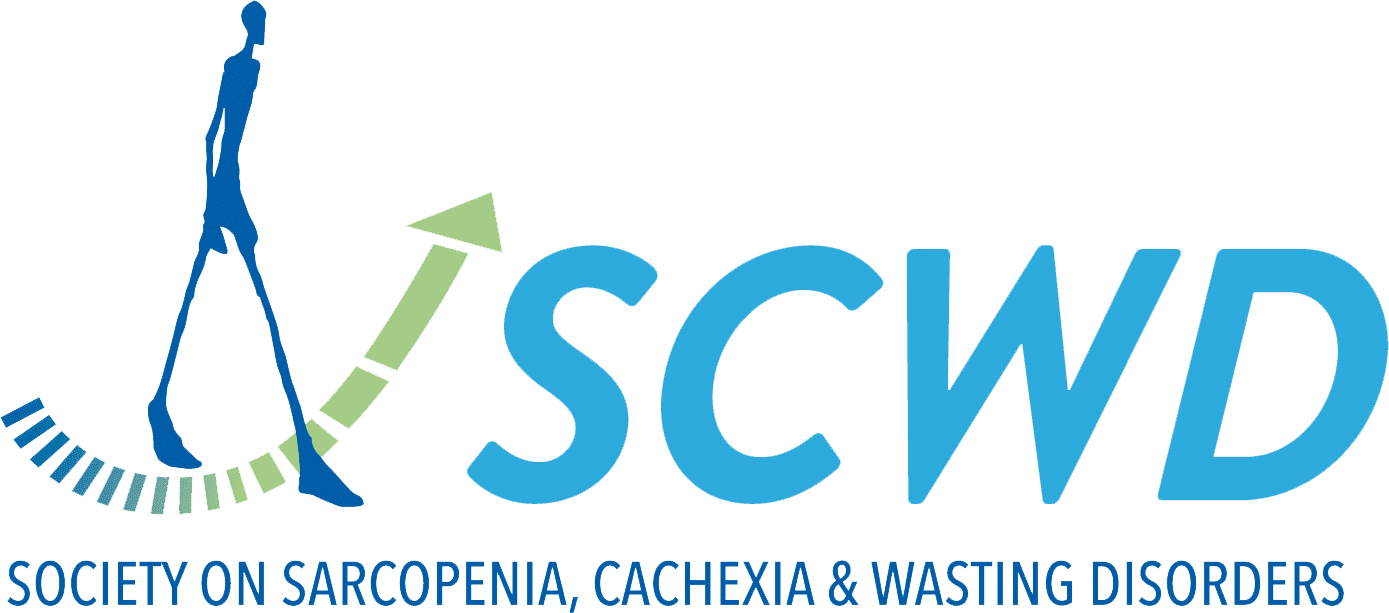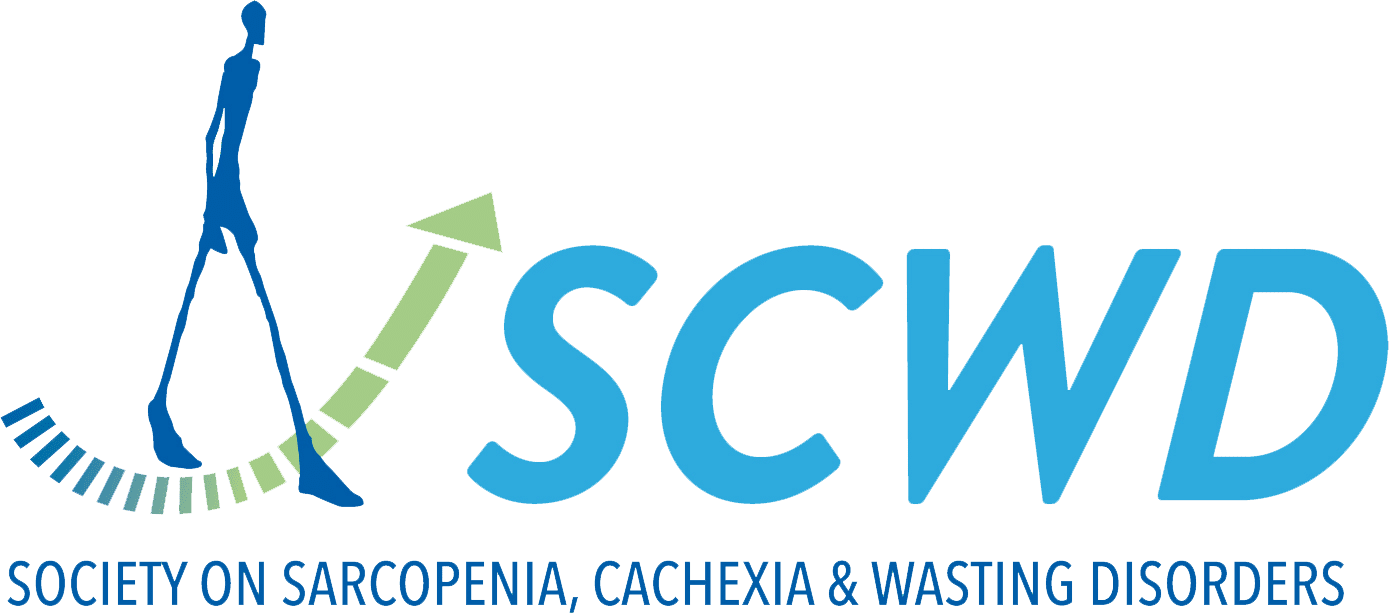Prediction of 10-Year Fragility Fractures Using Muscle Health Indicators in Postmenopausal Women: The OsteoLaus Cohort.
Muscle strength, mass and function have been associated with falls, fractures and mortality, but the results vary between previous studies. We aimed to investigate the predictive ability of muscle strength and mass with 10-year incident fragility fractures.
This study included 1475 postmenopausal women aged 50-80 years (OsteoLaus cohort, Lausanne, Switzerland). Handgrip strength (HGS) was assessed.
With a Jamar dynamometer and lean mass (LM) with dual x-ray absorptiometers (DXA) every 2.5 years for 10 years. LM, appendicular lean mass (ALM) and their indexes were assessed following the International Society for Clinical Densitometry (ISCD) guidelines.
Main outcomes included hip, humerus and forearm low-trauma fractures from in-person interviews and vertebral fracture (VF) from lateral DXA screening. Secondary outcomes included falls and death.
Baseline values were compared using two-sided t-test or Wilcoxon test (p < 0.0029 based on Bonferroni). Multivariate analysis included time to fracture with accelerated failure time (AFT) model and odds ratio (OR) with logistic regression, 95% confidence interval (CI) and C-Index or AUC.
After 10.2 ± 0.4 years of follow-up, 944 women remained enrolled (age 73.0 ± 6.9 years, BMI 25.7 ± 4.8 kg/m 2, ALM 16.8 ± 2.5 kg, HGS 21.2 ± 5.5 kg), of whom 260 fractured (174 VF, 107 non-VF), 863 fell and 74 died. Participants with an incident fragility fracture had a 1.5-kg lower HGS at baseline but no significant difference in their ALM, ALM/height 2 and ALM/BMI compared to nonfractured participants.
In the multivariable models, one SD increase in ALM (+2.58 kg) was associated with a 0.72 (CI:0.61-0.85) and 0.67 (CI:0.55-0.82) shorter time to major osteoporotic fractures (MOF) and VF. While ALM/BMI was associated with a 1.26 (CI:1.01-1.59) and 1.98 (CI:1.21-3.25) longer time to MOF and non-VF.
One SD increase in HGS was associated with a 1.37 (CI:1.03-1.81) longer time to non-VF only. A careful consideration of body weight and fat mass is needed in the association of lean mass with fractures.
Baseline muscle parameters were not different for participant with or without incident fall or death. Lean mass and grip strength appear as independent risk factors for incident MOF, but with limited additional prediction performance.
The prediction of fragility fractures differs between the fracture sites. Further studies with larger sample size, other muscle assessment modalities considering weight or fat mass as covariate, and broader ethnicities are needed.


